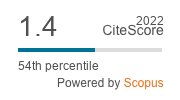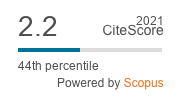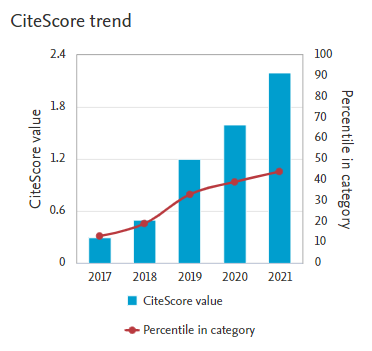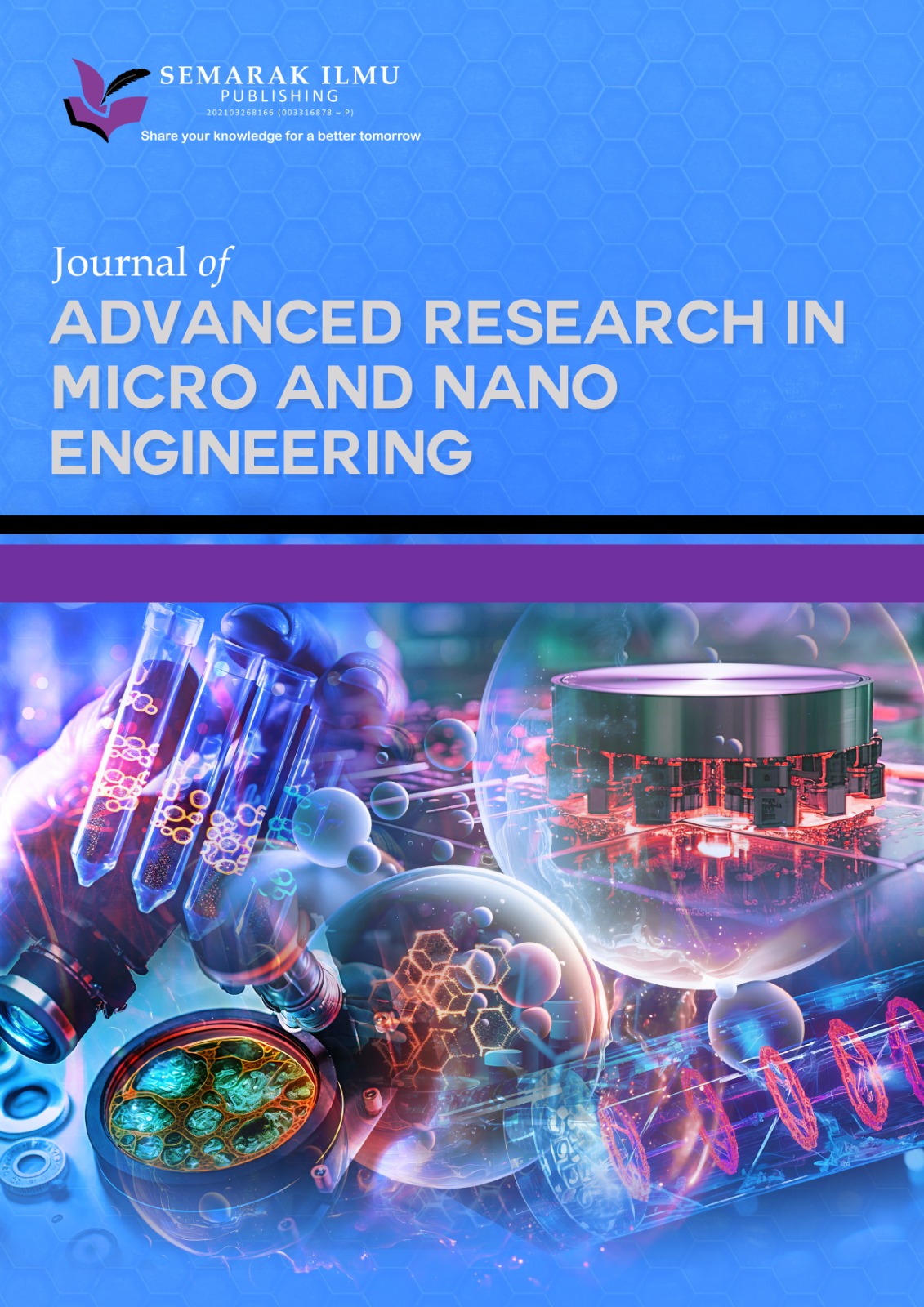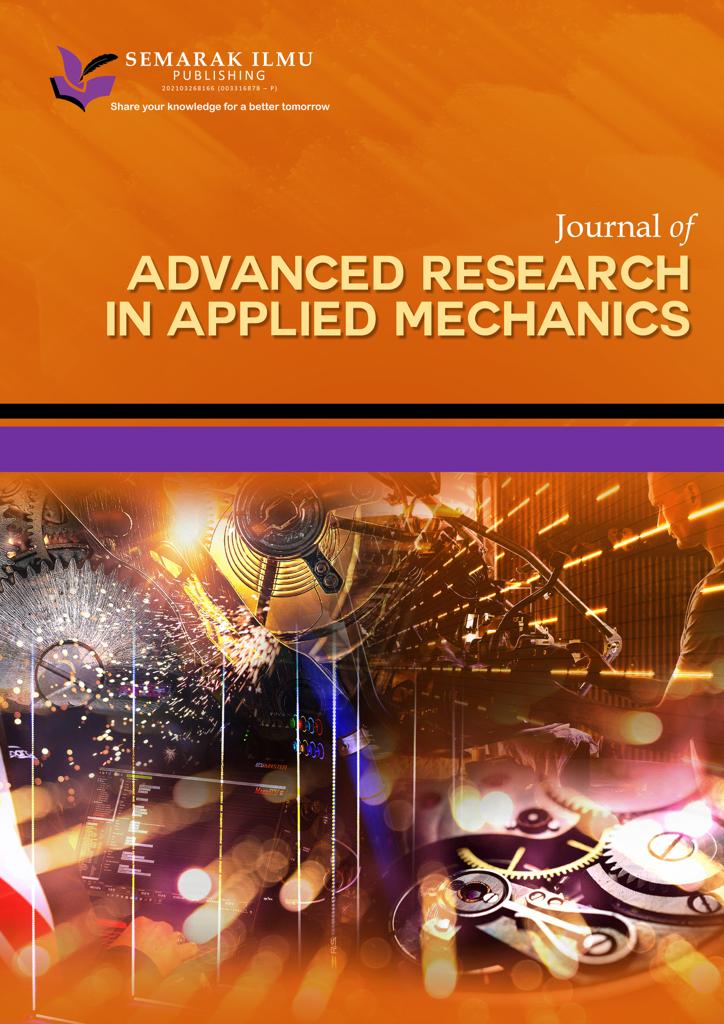Investigation on Optimum Waterjet Cleaning Parameters for Minimum Surface Impact During Paint Removal from Mild Steel
DOI:
https://doi.org/10.37934/arfmts.120.2.1128Keywords:
Waterjet cleaning, paint removal operation, number of cleaning passes, overlap rate, surface roughness, cleaning efficiency, MRRAbstract
In paint removal operations, one of the major areas of concentration is efficient cleaning, with the objective aiming to effectively remove paint while having as minimal impact as possible on the surface. Conventional cleaning methods, such as chemical and mechanical techniques, are widely utilized for paint removal despite their affordability, but they may face future prohibition due to environmental concerns. Waterjet cleaning is becoming more and more popular as a better cleaning technique that guarantees efficiency while also prioritising environmentally friendly. In the present investigation, a Box–Behnken design of the response surface methodology (RSM) was utilised in order to evaluate the influence that waterjet cleaning parameters had on painted mild steel. This was done so in order to determine the optimal waterjet cleaning parameters. The waterjet cleaning parameters that were selected were pressure, number of passes, and overlap rate. Output responses were considered to be the surface roughness, the material removal rate (MRR), and the cleaning rate. To predict surface roughness (Ra), cleaning efficiency, and material removal rate (MRR), workable empirical models have been created and an analysis of variance (ANOVA) was performed in order to determine the consistency of the results. The empirical models that were created for Ra, cleaning rate, and MRR all exhibit acceptable coefficients of determination and adequate correlations between the responses that were measured and the responses that were anticipated. For each response, a separate desirability function was used, which resulted in the generation of an entirely new set of optimal parameters. Both the anticipated and actual responses for optimised Ra, cleaning rate, and MRR are satisfactory, indicating that the model has a high degree of reliability. It has been demonstrated that the models are capable of accurately predicting the reactions of Ra, cleaning rate, and MRR in the context of the current investigation. The analysis identified that the optimal conditions for effective cleaning with minimal surface damage using abrasive waterjet cleaning are a pressure of 62 MPa, a single pass, and a 25% overlap rate. It is possible to construct a suitable selection of cleaning parameters that can be applied in practical works.
Downloads









